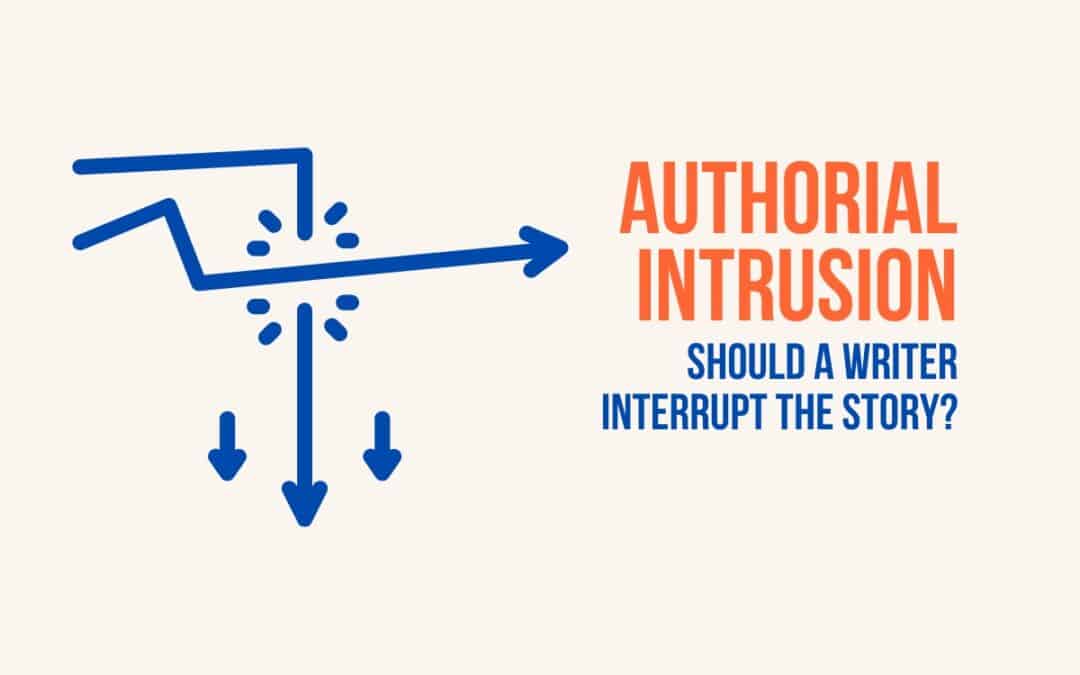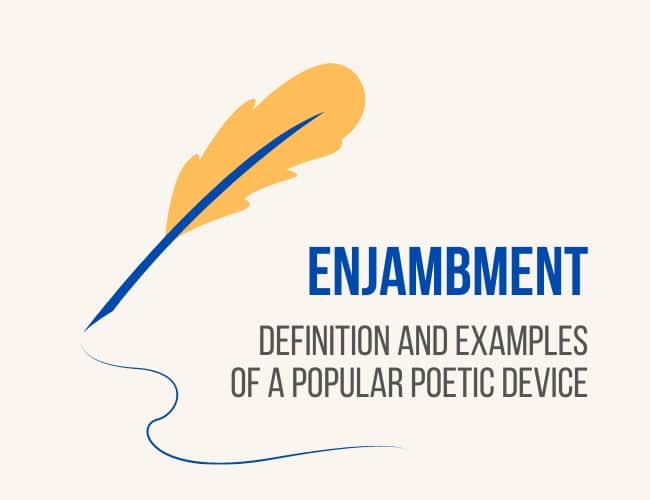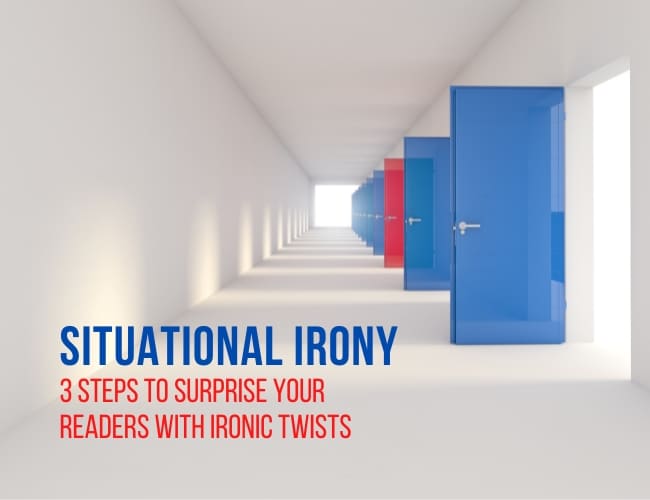
by Joslyn Chase |
In real life, some folks love surprises and others hate them. But one thing is certain—in fiction, you need them to write a book readers can’t put down. One way to deliver is through a narrative hook. But what is a narrative hook and how can you write a hook to captivate readers?

by Liz Bureman |
I love The Princess Bride. I saw the movie before I knew there was a book, but once I found out that a literary form of the story existed, I immediately checked it out from my high school library and devoured it. I found another copy at a clothing swap about two years ago, and it’s been sitting on my bookshelf ever since. I’m due for another reading soon, I think.

by Liz Bureman |
I love new words. I always get really excited whenever I learn a new word, and I try to use it as often as is applicable in my daily life. Sometimes this is harder to do than I’d like. However, this is a writing blog, and the word I learned today is a writing word. Congratulations, you get to learn about enjambments.

by Joslyn Chase |
So, you’ve figured out how to write a story that works. You know you need a character, in a setting, with a problem. You know you need a series of try/fail cycles, followed by a climactic scene and the resolution. The structure is simple, but it’s not always easy.
In particular, it can be challenging to sustain and escalate the story’s momentum through those try/fail cycles. And it would be nice to have something that could give your story a delicious ribbon of flavor, instilling brilliance and meaning.
Here’s the good news—there is such a technique. It’s called situational irony, and in this article, we’re going to take a look at what it’s made of and how to construct it in your own work.

by Liz Bureman |
Today we’re looking at a literary device that you’re probably using in everyday speech, even if you didn’t know the name of it. Let’s define synecdoche, look at some examples, and talk about how you can use it in your writing.

by Joslyn Chase |
If you want your readers to not just pick up your book, but keep turning the pages, you need to learn how to write a hook that will draw them through the story so they never want to put it down. Try baiting your hooks with the thrill of danger to keep your readers on the line.





